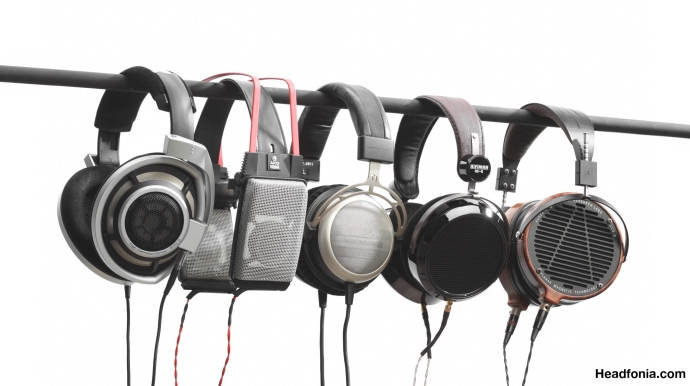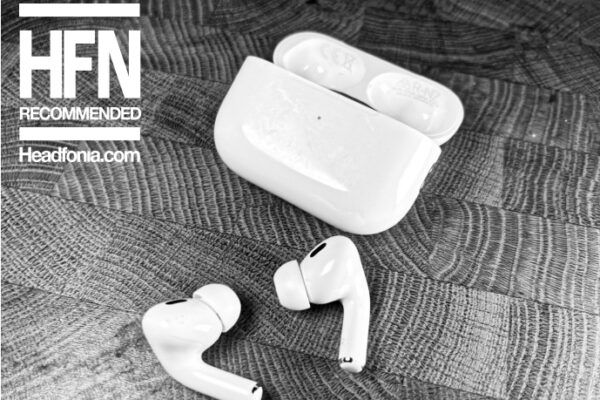Disclaimer/Intro: This is a guest article by Lisa Barrie from listenthusiast.com and this is not an official Headfonia.com staff article. Our “Guide to headphones” is right here. If you think you’ve got what it takes do write a guest post, get in touch here.
How to choose headphones
Lisa wanted to share her idea of how to select headphones. It’s kind of a Headphones 101 and for some of our readers it might not be relevant anymore, the new readers will appreciate it though. The infographic isn’t 100% complete (like the type of headphone drivers) but you get the picture (pun intended). Here we go:
Everybody loves music. But you don’t want to disturb others while listening music, right? For this purpose, tech gods have given us the gift to headphones. Headphones help us to enjoy music, motivate us to go through intensive gym sessions and what not. But you know what? Finding perfect headphones can be difficult for you. Even more, if you don’t know what types of headphones are on offer and, pros and cons of these types. To make your task a little easier here is an infographic that will help you choose your best headphones so far.
Here are some of the important points from this infographic.

Technical Terms regarding headphones:
- Impedance – Most people don’t pay attention to impedance while reading headphones’ specifications. In simple terms, it’s resistance. More impedance means more power will be drawn out from the source by headphones.
- Open vs Closed-backed head/earphones – Closed and open-back headphones are the 2 sub-categories of headphones (more about them later). It means whether the backsides of their earcups are sealed (closed) or opened. Both have their own advantages. Closed-back headphones are good when you want a good amount of bass and noise isolation. Open-back headphones, on the other hand, leak some sound and let in some noise from surroundings which help them to deliver a more natural sound.
- Sensitivity – Sensitivity is a relative value which shows how loud headphones can be, as compared to other headphones, at same volume level.
- Sound Drivers – You can consider it as the speaker of your headphones. It is the headphone driver that converts an electric signal into sound. Over-ear headphones usually have bigger drivers as compared to the other headphones.
Different form factors of headphones
Before buying any headphones, it’s important to know different form factors regarding headphones.
- Earbuds – Earbuds are perhaps the most common type of headphones. They usually come with many music devices and smartphones. These headphones consist of 2 earpieces that rest outside of your ear canal. Since they don’t form an airtight seal, don’t expect any sort of noise isolation from them.
- In-Ear headphones – In-Ear headphones are very similar to earbuds except for one difference. While earbuds rest outside our inner ear, in-ear headphones stick deep inside our ear canal. Due to this fact, they provide very good noise cancellation. If you want to know more, here is a detailed review about in-ear headphones from listenthusiast.com. Headfonia of course has a whole bunch of specialist inear reviews.
- On-Ear headphones – On-ear headphones are also known as supra-aural headphones. Their earcups sit on the outer ear. Since they provide less noise isolation than over-ear headphones, they can useful in some situations like driving etc.
- Over Ear headphones – Over-ear headphones are what we know as full-size headphones. They have large cushioned ear cups that completely enclose our ears to perform an airtight seal. This results in noise isolation. On the other hand, they are usually bulkier and less portable than other types of headphones – like earphones.
Wireless Headphones: Pros and Cons
Wireless headphones are becoming very popular nowadays. Instead of any wire, they’re connected to your smartphone via Bluetooth. But before you get any of them, here are some of the important things about wireless headphones.
- Since they’re cordless, you don’t have to worry about that fragile cable anymore.
- Having no cable means that you can roam freely around your house.
- You can pause/play music and make calls without touching your phone. Many wired headphones have in-line remote controls too, but they usually work properly with iPhones only.
- You have to charge them, just like your smartphones and other gadgets.
- Wireless headphones are not as durable as wired headphones.
- Wireless headphones often don’t have the same level of sound as wired headphones
Special-purpose headphones:
Apart from the above generic types of headphones, there are some special-purpose headphones too.
- Gaming Headsets – Gaming headsets usually have deep bass, high volume, and very low distortion. The reason they’re called gaming headsets, not headphones, is because they also have a built-in mic through which they can communicate with other players of online games. Gaming headsets are usually over-ear headphones in terms of design.
- Sports Headphones – Sports headphones are usually used by people during work-out sessions. One of the common reason for this usage is because music motivates people. In such scenario, earphones are more suitable than full-size headphones because of their lightweight. One thing you should remember is to always use sweat-resistant and durable headphones for workout purposes.
- DJ Headphones – DJ headphones have usually large earcups and high volume. These headphones also have high bass.









Rob
20 – 20,000 GHz is heard by…
Humans?
Rob
Ok, maybe some of the guys on 6moons.
/s
Lieven
Funny 🙂
Albert
I think, she meant 20,000 Hz.
Lieven
she does ndeed
Lieven
who knows, some! 😉
Lisa Barrie
Oops, looks like I’ve made a typo. But the good thing is that you all got the point, right?
John F
Great article. Nice work!
dale thorn
Since on-ear is also “over ear”, maybe she could skip the politically correct jargon for around-ear headphones and just say it as it is.
google.co.uk
Greatly enjoyed this article :), keep up the great authorship and I’ll
keep coming back for more. Will be sharing this with my
twitter followers and I’m sure they’ll love it as well!
shopperidea
That was a good read. I think a pair of headphones is a good choice for music lovers since they can enjoy music anytime, anywhere.
Alice Carroll
Thanks for pointing out that over-ear headphones are quite efficient at noise isolation. I’m thinking about learning about electronic music production since I like listening to them. I think headphone would be the most basic equipment that I could start with considering that I have to properly hear the nuances in the music in order to better understand sound production.
Piyush
Good explanation I was looking for something like this.
Wavv Audio
It was enjoyable to read. Using headphones, music fans can listen to their favourite music whenever and wherever they want, in my opinion.